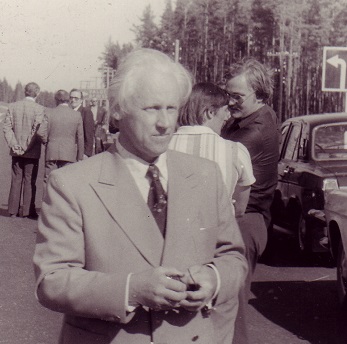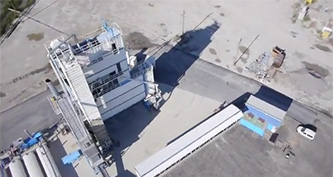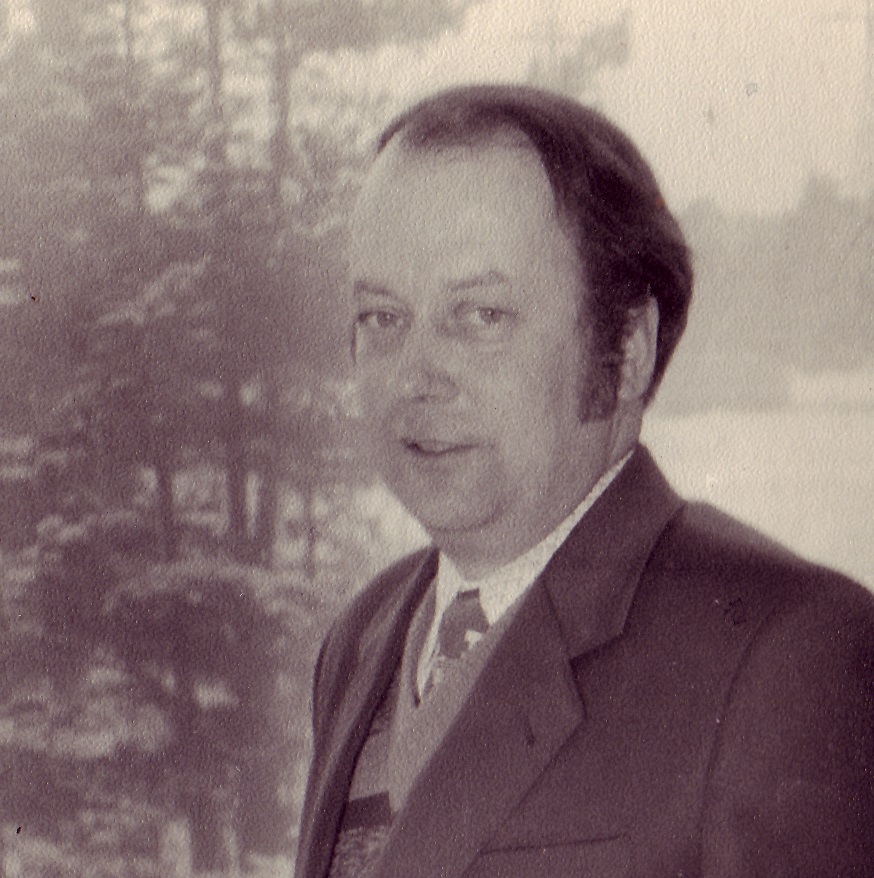Expansion into a highly capable road construction and maintenance company with a wide range of services
Most important sites and facilities
1989-1994 – construction of the Ruu-Aaspere second implementation region, i.e. the Kivisilla-Kuusalu section (30-36.5 km) along with the Kiiu intersection.
1999-2004 – various road sections on the Tallinn-Tartu-Võru-Luhamaa highway.
2002 – various road sections on the Tallinn-Pärnu-Ikla highway.
2006 – Tallinn-Saku-Laagri highway
2007 – reconstruction of city streets: Nõmme tee
2007 – construction of the Jõesuu bridge
2007 – road reconstruction and repairs: Ahula-Ambla
2010 – Audru bridge
2010 – Harku-Hüüru section on the Tallinn-Paldiski highway
2010 – Mustla settlement
2010 – Kukruse-Jõhvi
2013-2014 – finalisation of the construction of road sections 5 and 7 on the Valgejõe-Rõmeda road
2013-2014 – design and construction of the 2nd construction area of the Tartu eastern bypass
2013-2014 – Tallinn-Pärnu highway, Top intersection
2014 – railway construction work in Muuga Harbour
2014 – construction of water supply and sewage pipelines in Suurupi and Vääna-Jõesuu
2014 – reconstruction of pipelines in Viljandi Old Town
Asphalt mixing plants all over Estonia
In June 2013, the most modern asphalt plant in the Baltic States was opened in Harku. Ca-Long Engineering Machinery, a Chinese-Canadian joint enterprise, supplied the CL-3000 asphalt plant in a total of 31 shipping containers that were brought to Estonia by ship from Tianjin Port in China. The former asphalt plant from Ukraine was decommissioned.
The investment volume exceeded one million euros and the completed plant also offers all the high-quality asphalt mixtures used in Estonia to other Estonian road construction companies.
The following plants were previously acquired:
- In 1998, the asphalt concrete plant Ermont TSM 25 was purchased from France.
- In 2005, a machinery complex for producing asphaltic bitumen emulsions that cost 15 million kroons was opened in Tsirguliina, Valga County.
- In July 2008, AS Teede REV-2 opened the mobile asphalt concrete plant MIX-30 in Aaviku village, Rae municipality.
- In 2013, the new asphalt plant CL-3000 was purchased. The plant is situated in Harku.
Achieving a comprehensive range of services
In April 2005, the company increased its shareholding in AS Titania, a company laying asphalt cover, from 10 percent to 90 percent. AS Titania introduced another essential field for the group – landscaping. The group was now able to offer comprehensive services from the preparation of construction to landscaping.
As of 1 July 2007, the parent company of the group is TREV-2 Grupp AS.
Entering the road maintenance market
An important change in the activities of AS Teede REV-2 took place in 2000 when the state began to reorganise the highway maintenance system. The first company to be privatised was the Põlva Road Administration, including its maintenance work and production. AS Teede REV-2 won the contest. Following the purchase, the company established the subsidiary AS Põlva Teed, and for the first time in the history of the company, road maintenance issues were tackled.
The company purchased the maintenance work and production of Rapla County in a contest and established OÜ Rapla Teed.
In 2002, the company purchased the assets of the Valga Road Administration and established OÜ Valga Teed.
Technological development as the key to success
The company began to actively pursue possibilities for purchasing an asphalt-milling machine in 1994. Despite the substantial business risk and restraint shown by banks, the company was able to purchase a Wirtgen milling machine (2100 DCR) with a width of 2.1 in 1995. The company was able to win the asphalt cover repair procurements that began in the middle of the 1990s at the initiative of the Estonian Road Administration thanks to the new milling machine and the newly implemented stabilisation technologies. Within three years, AS Teede REV-2 was the only Estonian road construction company to have employed modern technologies.
Controlling road construction vehicles via laser beam that has become habitual and regular by present day was implemented by the company in 1997.
When reconstructing the Tallinn-Tartu highway 175.5-179 km section in the summer of 2004, the company was the first in Estonia to utilise the stabilisation of the asphalt concrete cover with a steel mesh.
Privatisation and restructuring of the company
In 1992, the state enterprise TREV-2 was reorganised into the leased enterprise Teede REV-2.
In 1993, the leased enterprise was privatised by its employees and public limited company Teede REV-2 with its registered office in Tallinn was established. The public limited company was registered on 22 April 1993. The principal activities of the public limited company as set out in the register were:
- Construction of roads and railways
- Preparation of road construction design documentation without the right of architectural design
- General construction work and repairs
- Construction supervision
As a result of the reorganisation, the asphalt company Titania was separated from AS Teede REV-2 at the end of 1990. Gunnar Laev became the CEO of Titania.
The first major change for the newly established company AS Teede REV-2 was entering the railway construction market on which the company operates successfully to the present day. AS Teede REV-2 has participated in the construction of the railway networks of the biggest ports in Estonia to a significant extent.
The construction of the engineering block at Pärnu mnt 463 that began in the 1980s was finished in the second half of the 1990s. The engineering block, initially meant for TREV-2, now also houses the Estonian Road Administration.
At the beginning of 1991, the project for reducing the residue stock and lowering the water level of the Huntaugu quarry was completed. At the same time, TREV-2 received the Seli quarry project situated next to the Jüri-Aruvälja road section.





